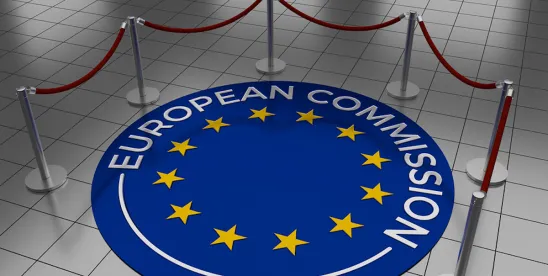The European Commission announced the implementation date for the Entry/Exit System (EES) will be further delayed.
Key Points:
- As BAL previously reported, the official commencement date for the EES was scheduled for Nov. 10. The new border control system is part of a “Smart Borders” initiative originally scheduled to take effect during the first half of 2022.
- EU Home Affairs Commissioner Ylva Johansson announced that the Nov. 10 launch date is no longer viable, as Germany, France and the Netherlands have expressed unreadiness within their border computer systems.
- Johansson announced during a meeting of the EU interior ministers on Oct. 10 that “it’s clear that we’re not going to be ready for the 10 November,” adding “we will be going for a phased approach, step by step.”
What is it?
The EES is an automated IT system for registering non-EU nationals (those who do not hold the nationality of any European Union country or the nationality of Iceland, Liechtenstein, Norway or Switzerland) traveling for a short stay each time they cross the external borders of any of the following European countries using the system:
The EES applies to non-EU nationals who are traveling for a short stay to any of the European countries above who either possess a short-stay visa or do not need a visa to stay for a maximum of 90 days in any 180-day period.
What does it do?
The system will collect travel document data and other personal data and register it electronically in the system, facilitating border crossing. The EES collects, records and stores data listed in travel documents, dates and places of each entry and exit, facial image and fingerprints (“biometric data”) and any history of refused entry. The biometric identifiers that the EES stores are dependent on whether an individual needs a short-stay visa.
The EES is designed to replace passport stamping and requires travelers to have biometric data recorded upon entry. Registration is completed at the external border of any of the 29 European countries using the system, including the 27 Schengen countries and Bulgaria and Romania, which are both in the process of officially joining the Schengen area.
To whom does the EES apply/not apply?
Exemptions to registration in the EES do apply, and more information can be found here. The EES will not affect people traveling within the Schengen area; it only applies to third-country nationals as they enter the area.
When the new EES is implemented, non-EU nationals, including United Kingdom citizens, will need to register biometric data rather than entering via a stamped passport. All foreign travelers entering the Schengen area for short stays, whether they are eligible for visa-free travel or not, will be required to provide their biometric data. The EES will apply at airports, ports, road borders, train stations and all external EU borders. The EES does not apply to nationals of the European countries using the EES, as well as Cyprus and Ireland.
Are biometric passports now required?
Biometric and non-biometric passports are accepted for traveling in the European countries using the EES if valid and if all other entry conditions are fulfilled. Biometric passports will only be required for individuals who wish to use automated ways to cross the borders (“self-service systems”). European countries using the EES have the discretion to further automate their processes in the future for this purpose.
Additional Information: The implementation of the EES will be in tandem with the requirement to register for the European Travel Information and Authorization System (ETIAS) visa waiver scheme, which the EU says will be introduced in the first half of 2025. ETIAS will concern visa-exempt non-EU nationals and will require travelers from the 63 countries currently approved to travel into the EU visa-free to register for a visa waiver before arriving in the Schengen area. ETIAS will contain information dealing with travel authorizations for non-EU nationals traveling visa-free to the 30 European countries implementing ETIAS.
BAL Analysis: Facial image and fingerprint collection at EU borders will not be required beginning Nov. 10. The EES has been delayed several times but is intended to more easily identify travelers who have stayed in the EU longer than allowed, who do not have the right to enter the EU or who are involved in criminal or terrorist activity. The EU hopes to modernize border control and replace passport stamping with a digital record linking passports to biometric data.




 />i
/>i

